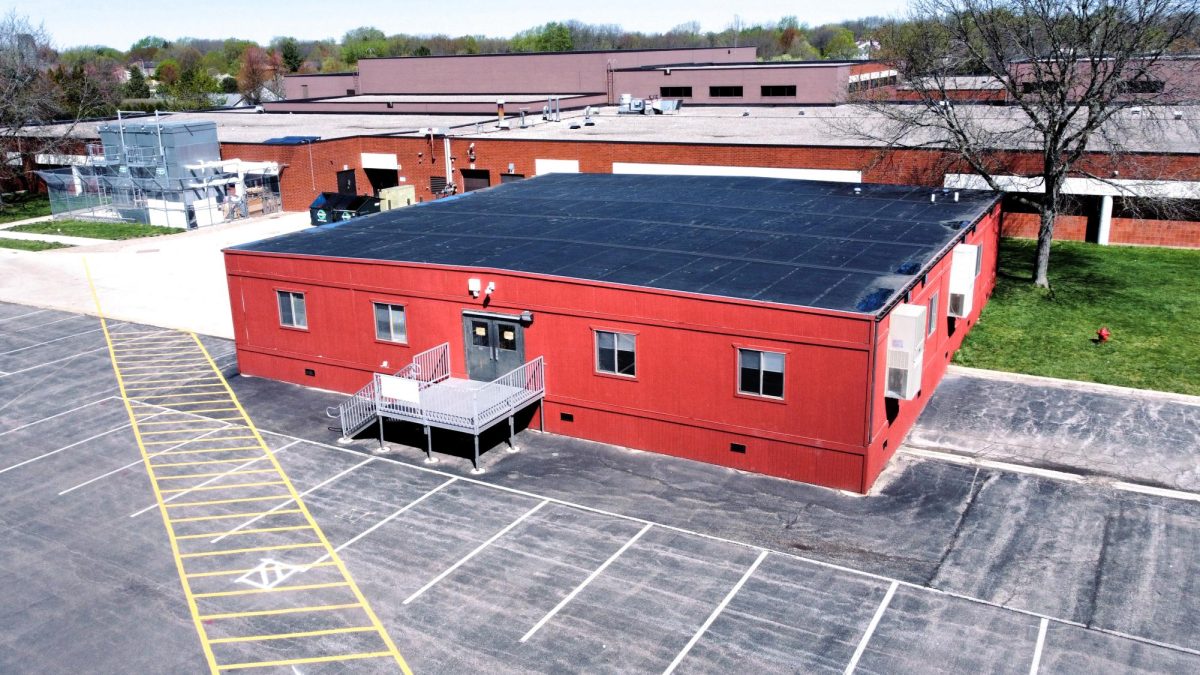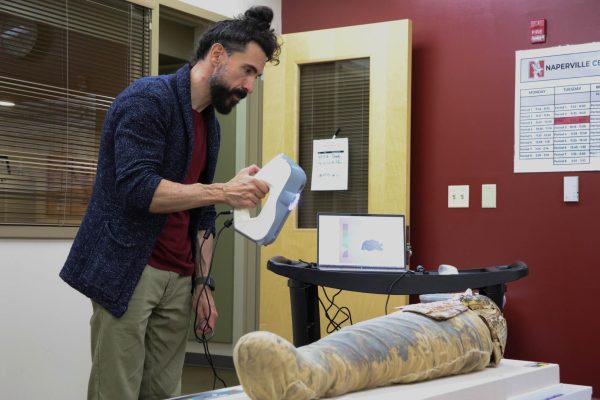Reaching higher education
Proposed changes to community college tuition would give more students the opportunity to receive a college education
February 6, 2015
President Barack Obama recently announced America’s College Promise: a proposal to make the first two years of community college free to any student who attends at least half-time and maintains a 2.5 GPA. In a video released by the White House on Jan. 9, the president explained that education is “key to success in the 21st century” and that this plan is essential for the United States.
“It’s something that we can accomplish, and it’s something that will train our workforce so that we can compete with anybody in the world,” Obama said in the video.
The White House fact sheet on this proposal explains that it would benefit approximately 9 million students if all states participate and would save a full-time community college student an average of $3,800 in tuition a year. This plan would cost the federal government an estimated $60 billion over a decade, as the federal government would cover 75 percent of the tuition, with states paying the other 25 percent.
Jean Childers, Central’s college and career coordinator, recognizing the difficult financial situation of Illinois, believes that there is a need to study the impact of a program like America’s College Promise.
“Keep in mind, everything is a financial trade-off,” Childers said. “I can guarantee you that this is not a zero-sum game of ‘this just costs more and we’re done.’ They’re looking at ‘if we do this, then we won’t have to have so many people on welfare and all these social programs. We’ll save so much money on the back end if we do this on the front end.’”
A community college education not only improves students’ future earnings but also benefits the national, state and local economy in the long run, according to a recent study conducted by Northern Illinois University’s Center for Governmental Studies. “Illinois Community Colleges’ Economic Impacts,” the study released in Oct. 2014, analyzes data at the statewide level and for each individual community college.
The study reports that, on average, students who graduated from an Illinois community college in 2011 saw a 30 percent increase in their pre-enrollment wages, earning $3,587 more. For those completing an associate degree in Applied Science from a community college the wage increase was greater, or $7,595 more.
This NIU study added that with increased wages, students generated billions of dollars in taxes at the local, state and federal level. Those who attended an Illinois community college in 2002 generated $4 billion dollars in state taxes between 2003 and 2012 and $13.2 billion in federal taxes.
With President Obama’s proposal, the economic benefits of a community college education would be accessible to all, an idea that many higher education institutions have supported. University of Pennsylvania president Dr. Amy Gutmann sees this proposal as necessary.
“Making college more accessible to people is absolutely critical,” Gutmann said in an interview with CNBC’s “On the Money”. “[Higher education] is the engine of opportunity for our population since the mid-20th century.”
Actor Tom Hanks also applauds America’s College Promise. In a letter published in the New York Times, Hanks explained how important his two years at Chabot College—a community college in Hayward, Ca.—were for him. This opportunity, he believes, should be available to all willing to improve themselves with education.
“High school graduates without the finances for a higher education can postpone taking on big loans and maybe luck into the class that will redefine their life’s work,” Hanks wrote. “Many lives will be changed.”
These loans Hanks refers to are the student loans people burden themselves with to pay for the cost of higher education. Today, college loan debt is the largest source of personal debt in the United States. In the State of the Union address on Jan. 20, President Obama explained that America’s College Promise would be a way for students to have access to higher education without heavy loans.
“Whoever you are, this plan is your chance to graduate ready for the new economy, without a load of debt,” Obama said. “Understand, you’ve got to earn it — you’ve got to keep your grades up and graduate on time.”
Senior Emily Coen plans to attend community college next year and feels passionately that higher education should be affordable.
“College did not use to be so many tens of thousands of dollars, and now it’s becoming so crazy expensive that it’s putting students in debt,” Coen said. “I feel that colleges are just benefiting—they’re not doing it for the students to get an education, they’re doing it as a business. It’s frustrating.”
Sidra Baig, a 2013 graduate of Central, was set on attending Lewis University in nearby Romeoville, until she realized how much she would have to pay even with a scholarship.
“I would have had to take loans because that was just my situation,” Baig said. “It sort of was a heartbreaker at that moment. I was like, ‘I guess I’ll have to go to COD (College of DuPage)!’”
With 48 community colleges, Illinois has the third largest community college system in the nation. At Central, 17 percent of last year’s graduating class attended a community college (compared with the 40 percent at the national level), with the majority choosing College of DuPage like Baig.
COD has grown since its 1967 opening, currently enrolling around 30,000 students each semester. This makes COD one of the largest undergraduate higher education providers in Illinois, second only to University of Illinois. At this college, after two years of study a student can receive an associate degree that can later transfer to a four-year institution, or they can receive a certificate in occupational training.
Amy Miltonberger, a 2014 graduate preparing to receive an Associate in Arts Degree (A.A.) from COD, plans to transfer to a four-year university at the completion of the two years and is happy with her community college experience.
“You have so many gen-eds (general education requirements) that you have to do, and it’s so much cheaper to go to COD rather than go to somewhere else,” Miltonberger said. “At the time, I didn’t know what I wanted to do, so it’s been an easy and accessible way to really get what I needed done, and it’s been an amazing community college.”
Coen is taking advantage of the opportunities provided by the Technology Center of DuPage (TCD). She is currently enrolled in the Cosmetology class offered, gaining dual credit.
“I like that I can get dual credit, so I can get high school credit while I’m getting a college credit, so it puts me a little bit ahead,” Coen said. Next year, she will enroll at COD and work toward a cosmetology license and an associate degree.
Baig is a sophomore at COD. She, along with Coen and Miltonberger, believes that Central students have incorrect perceptions of COD. She explains that in visiting the campus, one will see how beautiful it is and all the extracurricular opportunities and classes.
“[COD] has every single facility a student could dream of,” Baig said. “One thing I really liked about COD [when I first visited] and really like about it now is that anyone can go to COD and learn. It’s an open place for learning, and I felt that at the moment.”
Childers reflects on President Obama’s proposal and its possible impact both nationwide and at Central.
“In a typical USA community there is a lot of people who could greatly benefit by this, a lot,” Childers said. “A big question would be: if we had this [program in place], do you think a lot of Naperville students would opt not to go to the four-year university and go to COD first? That’s a great question, and I don’t really know what might happen! I think the grand majority would still go to the four-year university, but to have that option out there is pretty compelling.”













